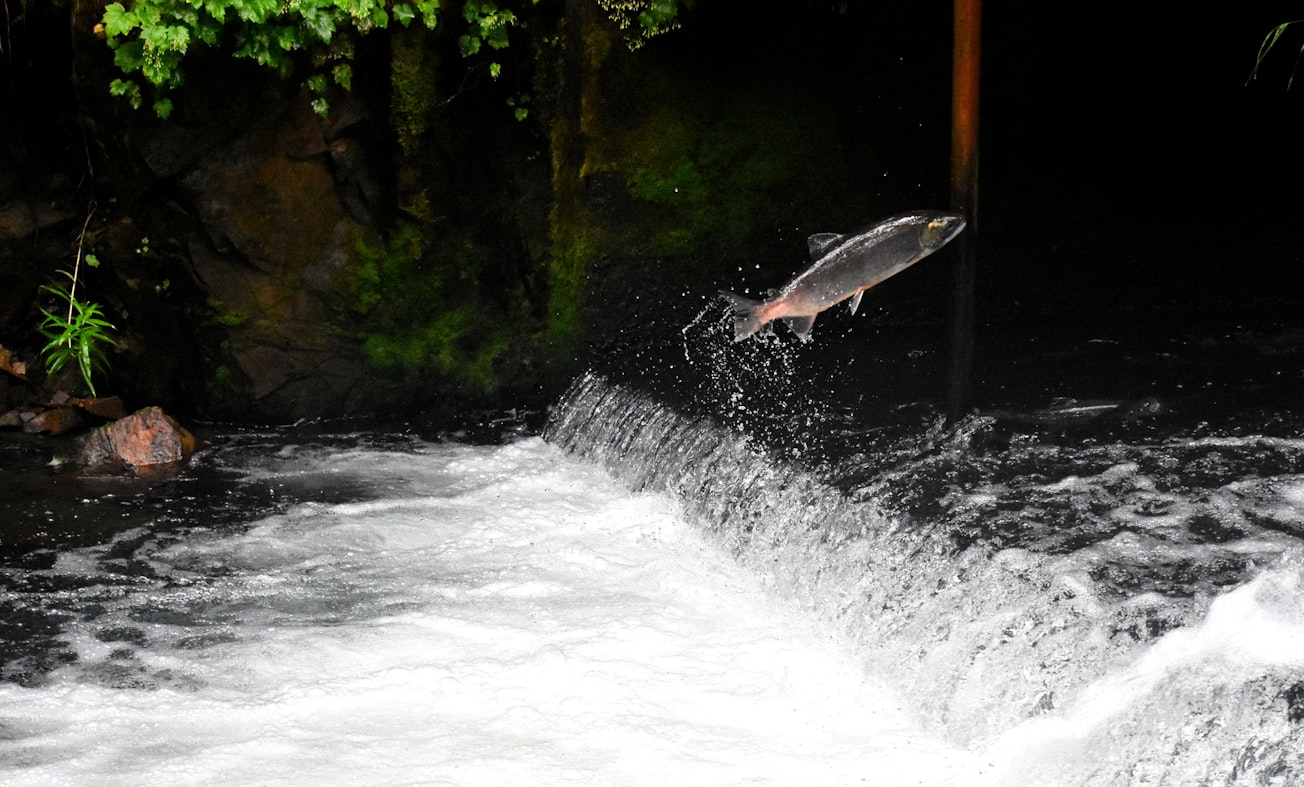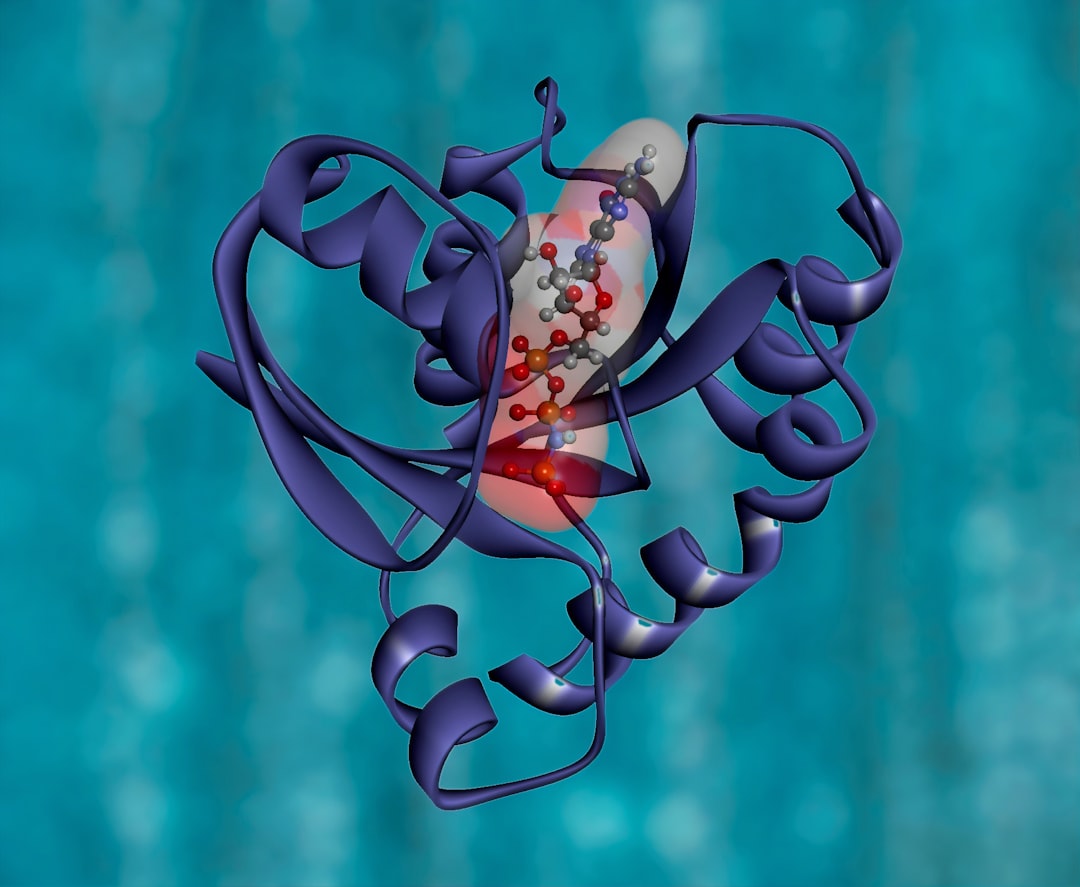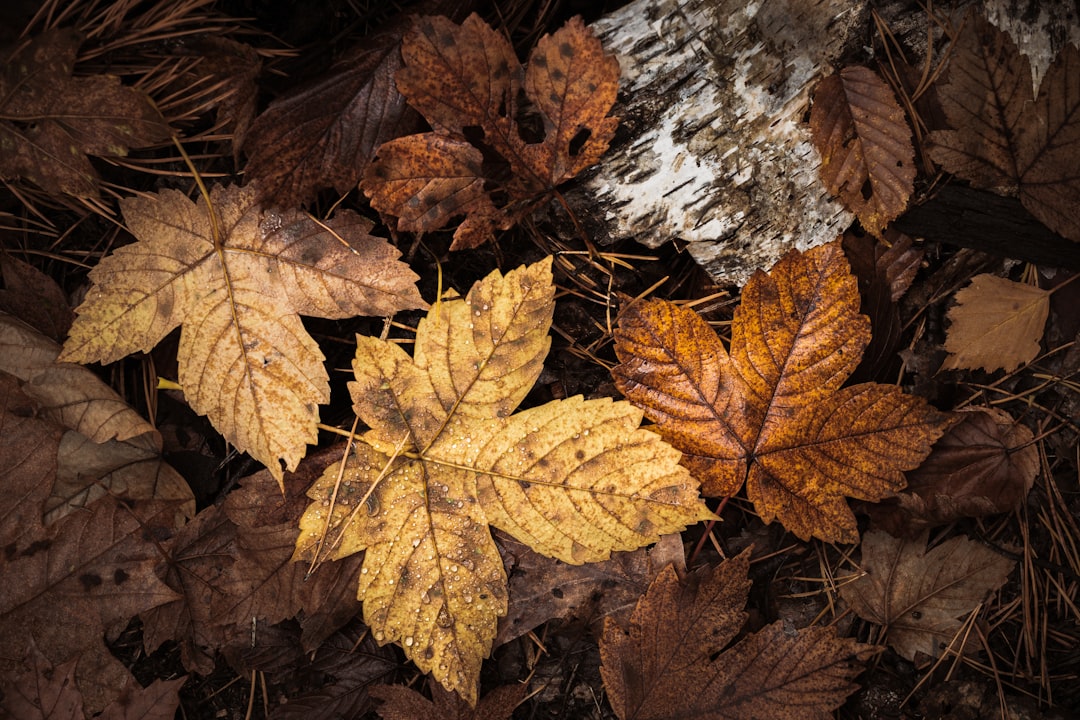What is it about?
This research shows that Tsleil-Waututh Nation’s chum salmon fishery was sustainable and able to feed their community for thousands of years. This is exciting because previously, we knew that chum salmon was preferred, but archaeology hadn’t confirmed just how long they were able to maintain a sustainable chum salmon fishery.
Featured Image

Photo by Drew Farwell on Unsplash
Why is it important?
Food security is a big concern for a lot of folks, particularly coastal communities, and this offers hope that we can still have salmon fisheries, and use some traditional fishery management methods to ensure that those fisheries are sustainable for generations. This kind of archaeology is community-led, and this means that the work is done with the consent and guidance of Tsleil-Waututh Nation, and that the work is more meaningful and impactful because of that collaboration.
Perspectives
Salmon are culturally and ecologically keystone species, which means that they are really important parts of the cultures and environments here in the Pacific Northwest, and everywhere they make their homes.
Meaghan Efford
University of British Columbia
Read the Original
This page is a summary of: Archaeology demonstrates sustainable ancestral Coast Salish salmon stewardship over thousands of years, PLoS ONE, August 2023, PLOS,
DOI: 10.1371/journal.pone.0289797.
You can read the full text:
Contributors
The following have contributed to this page










